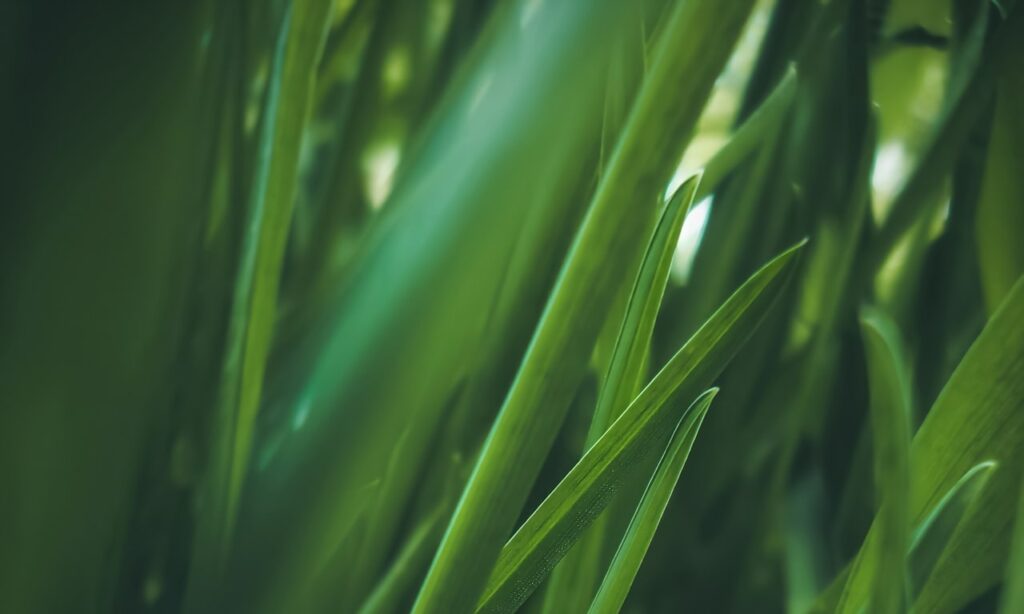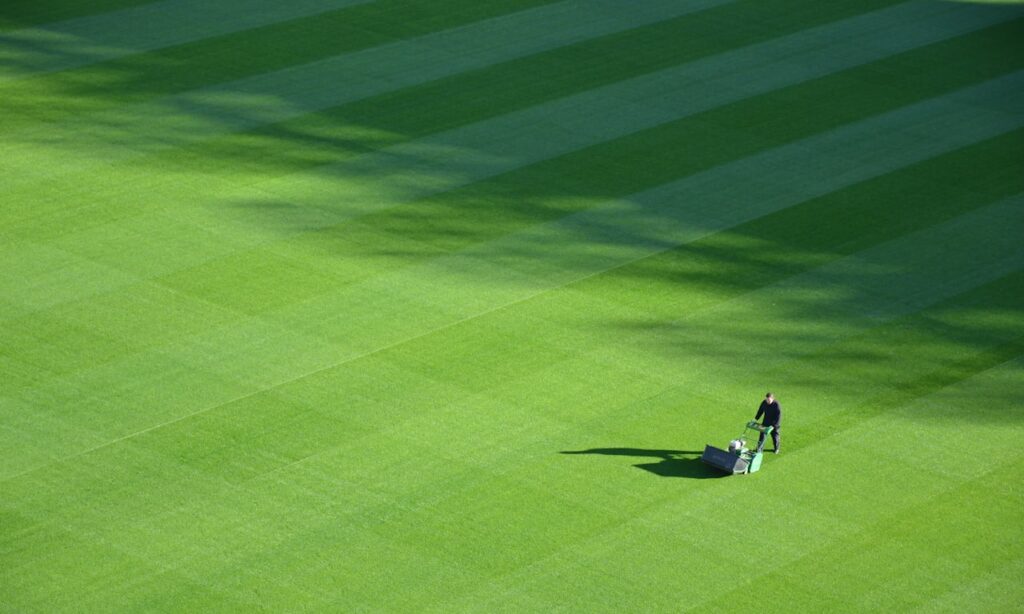Key Takeaways
understanding while to trim cedar hedges in Vancouver is crucial, thinking about factors including age, fitness, preferred form, neighborhood recommendations, and weather conditions. Symptoms that it’s time to trim encompass overgrowth, irregular shape, yellowing foliage, and dead branches. It is encouraged to trim as a minimum as soon as a 12 months to keep their health and form.
Delaying the trimming of cedar hedges in Vancouver can result in reduced sunlight penetration, multiplied vulnerability to pests and sicknesses, and an unkempt appearance. Keep away from common mistakes such as over-pruning, neglecting protection precautions, the use of flawed tools, and trimming all through the wrong season. Supplying adequate aftercare, inclusive of watering and tracking for new growth, is crucial for their recuperation and continued boom.
Key Points
- elements to do not forget earlier than trimming cedar hedges
- symptoms that suggest it is time to trim cedar hedges
- Frequency of trimming cedar hedges in Vancouver
- effects of delaying the trimming of cedar hedges
- commonplace errors to avoid while trimming cedar hedges
- significance of aftercare for trimmed cedar hedges
Let’s get started!
In Vancouver, the first-class time to trim cedar hedges
depends on various factors that must be considered. The age and health of the hedges, in addition to the preferred shape and length, are important factors to consider before trimming. It’s also important to be privy to any nearby guidelines or restrictions on hedge trimming. Additionally, the contemporary season and weather situations can impact the success of the trimming system.
signs and symptoms that suggest it is time to trim cedar hedges
in Vancouver encompass overgrowth, irregular form, yellowing or browning of foliage, and the presence of useless or diseased branches. Everyday tracking of the hedges can assist discover those signs and activate well timed trimming.
The frequency of trimming cedar hedges
in Vancouver depends on elements together with the hedge’s increase charge, desired appearance, and environmental situations. Normally, it is endorsed to trim cedar hedges at least once a 12 months, usually in the early spring or late summer to maintain their fitness and shape.
Delaying the trimming of cedar hedges in Vancouver can result in various consequences, consisting of decreased daylight penetration, multiplied vulnerability to pests and sicknesses, weakened structure, and an unkempt look. Well timed trimming is vital to save you these troubles and promote the overall properly-being of the hedges.
while trimming cedar hedges in Vancouver, it’s crucial to apply sharp and suitable tools, comply with the natural shape of the hedges, avoid cutting into vintage wood, and keep a uniform top and width. Additionally, doing away with lifeless or broken branches and imparting good enough post-trimming care can beautify the hedges’ vitality and aesthetics.
For those who lack the expertise, time, or essential gear for trimming cedar hedges in Vancouver, hiring a expert landscaping or tree care provider can make sure the proper and efficient renovation of the hedges. Professionals can offer tailor-made trimming solutions and precious advice for lengthy-term hedge fitness.
not unusual errors to keep away from when trimming cedar hedges in Vancouver include over-pruning, neglecting protection precautions, the usage of flawed equipment, trimming during the wrong season, and dismissing the particular desires of different hedge species. Consciousness of these mistakes can help prevent damage and promote a hit hedge preservation.
After trimming cedar hedges in Vancouver, supplying ok aftercare is vital for their healing and endured growth. This could encompass regular watering, fertilization, tracking for brand spanking new boom, and addressing any potential issues such as pest infestations or fungal infections. Right aftercare can assist the hedges thrive and maintain their favored appearance.
FAQs about Trimming Cedar Hedges in Vancouver
When is the best time to trim cedar hedges in Vancouver?
The best time to trim cedar hedges in Vancouver depends on factors such as the age and health of the hedges, preferred shape and length, local guidelines, and current weather conditions. Generally, early spring or late summer is recommended.
What are the signs that suggest it is time to trim cedar hedges in Vancouver?
Signs that indicate it’s time to trim cedar hedges in Vancouver include overgrowth, irregular shape, yellowing or browning of foliage, and the presence of dead or diseased branches. Regular monitoring can help identify these signs.
How often should cedar hedges be trimmed in Vancouver?
The frequency of trimming cedar hedges in Vancouver depends on factors such as growth rate, desired appearance, and environmental conditions. Typically, it is recommended to trim cedar hedges at least once a year to maintain their health and shape.
What are the consequences of delaying the trimming of cedar hedges in Vancouver?
Delaying the trimming of cedar hedges in Vancouver can result in decreased sunlight penetration, increased vulnerability to pests and diseases, weakened structure, and an unkempt appearance. Timely trimming is important to prevent these issues and promote the overall well-being of the hedges.
What are some common mistakes to avoid when trimming cedar hedges in Vancouver?
Common mistakes to avoid when trimming cedar hedges in Vancouver include over-pruning, neglecting safety precautions, using improper tools, trimming during the wrong season, and ignoring the specific needs of different hedge species. Awareness of these mistakes can help prevent damage and promote successful hedge maintenance.
What should be done after trimming cedar hedges in Vancouver?
After trimming cedar hedges in Vancouver, providing adequate aftercare is important for their healing and continued growth. This may include regular watering, fertilization, monitoring for new growth, and addressing any potential issues such as pest infestations or fungal infections.


